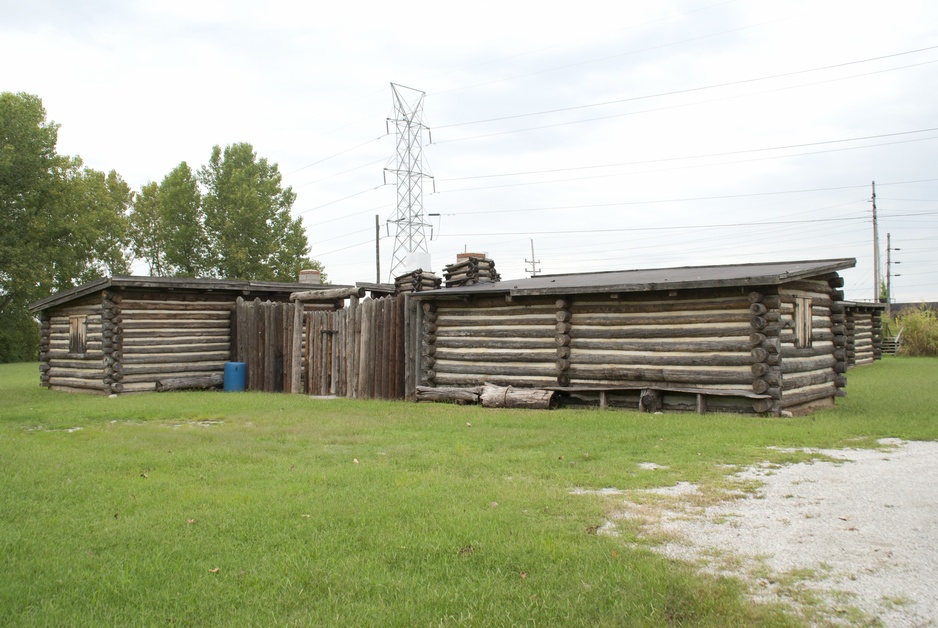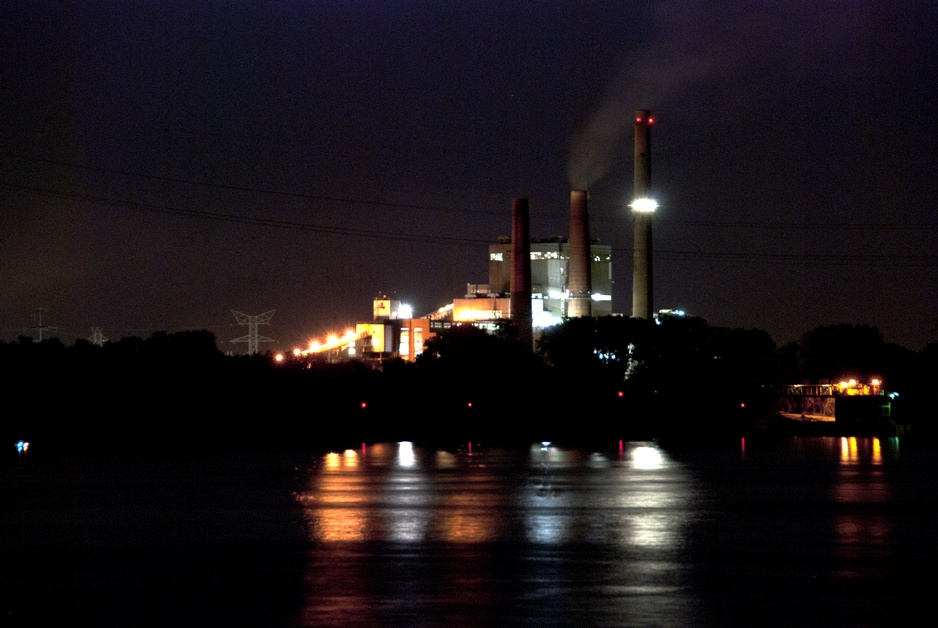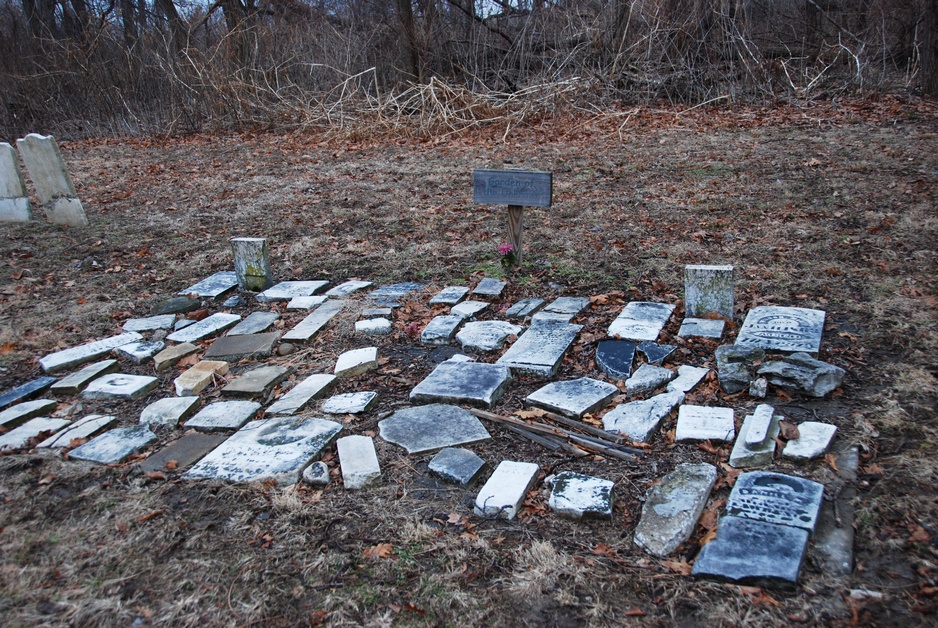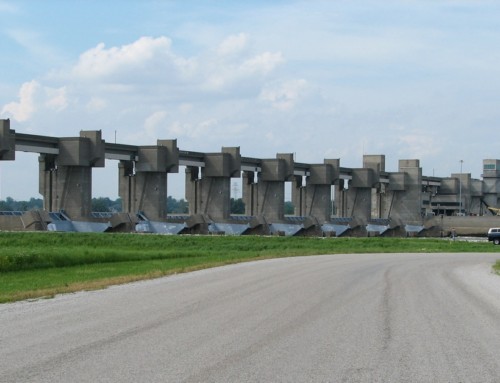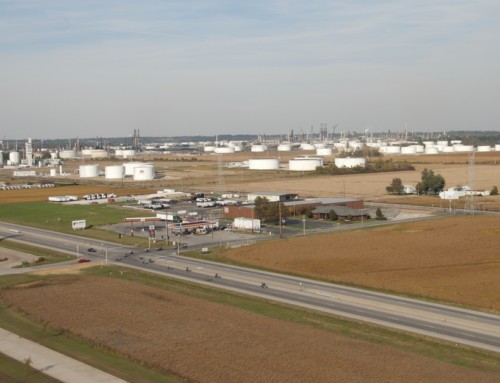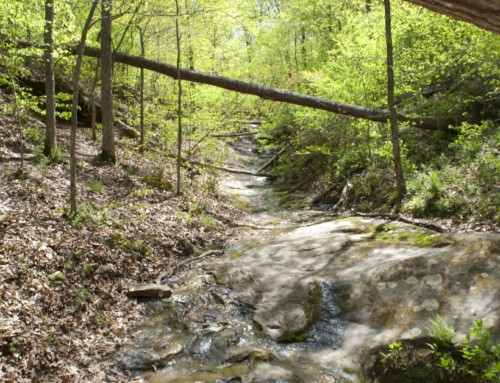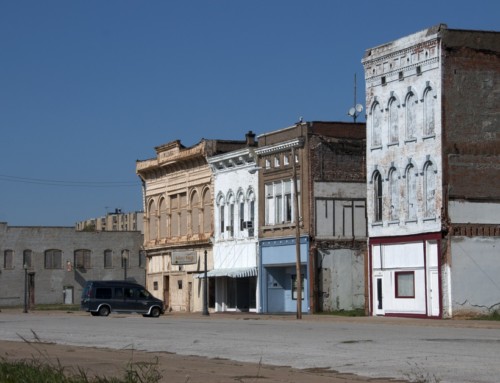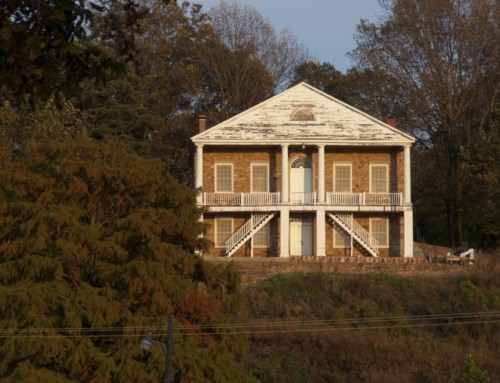Introduction
Located along Refinery Row, Wood River is also near the location where the Lewis and Clark expedition wintered in 1803-04 before ascending the Missouri River.
History
Before Europeans began moving into the area, this part of Illinois was home to a confederation of Algonquin-speaking tribes known as the Illiniwek, which included groups like the Cahokia, Peoria, Kaskaskia, Mitchagamie, and Tamaroa. They lived in communities along the mid-Mississippi River and the Illinois River and dominated the region for centuries.
In the winter of 1803-04, the Lewis and Clark expedition built a winter camp on the south bank of the Rivière du Bois (Wood River) on land owned by Cahokia’s Nicholas Jarrot. The Corps of Discovery reached Wood River on December 12, 1803, and immediately got to work building their living quarters. The fort had cabins at each corner for the enlisted men, a building for the officers and supplies, and a wall to protect them all from wildlife and curious people. The men on the expedition were officially a unit of the US Army, so they had to do Army things during the winter encampment, like drilling, practicing their gun skills, and preparing food. The five months at the camp played a critical role for helping the men in the unit build wilderness skills and develop cohesion.
Before Standard Oil built a refinery here in 1908, the area was an undeveloped “sandy wasteland,” according to the WPA Guide to Illinois. The construction of the refinery triggered the growth of three new communities: Wood River, East Wood River, and Benbow City. The early years were marked by the kind of frontier lawlessness common to mining towns.
Wood River incorporated in 1908 and annexed East Wood River in 1911, a city that only existed on its own for a couple of years. Benbow City, though, proved much more persistent. One Amos Edward Benbow owned a big chunk of land across from the site of the refinery. He was a big man, weighing over 200 pounds, and proved every bit as stubborn as he was large. He was a long-time power broker in Democratic politics in Madison County and Illinois, having serves a term in the Illinois General Assembly and held many local government positions.
As the refinery was built, so was his city, which he incorporated in 1908 as Benbow City, of course, and built a city hall, a post office, and a jail that was only rarely occupied. His little kingdom was barely more than a single street but it was lined with bars and brothels, ready to serve the booming population of single (or single-acting) men hired to build or work at the refinery. Shortly after incorporating, Benbow City counted 19 bars (12 of them owned by Anheuser-Busch) but only 75 residents.
Benbow City had a few issues getting going. When they organized a fire department, they wanted to show off their skills, so they started a bonfire behind city hall. Unfortunately, none of the firemen actually knew what they were doing, so the fire spread to city hall, burning it down.
Standard Oil wasn’t too keen on having Benbow City as a neighbor, so in 1909 they tried to take charge of the community by running their own candidate for mayor against Mr. Benbow himself. The election was a complete mess, with allegations of voter fraud and inconsistencies in the count. The election was eventually decided in Benbow’s favor, even though he wasn’t even a resident of the city—he lived in Alton. But, hey, it was Benbow’s town.
Standard Oil, after multiple failed attempts, finally convinced Benbow to sell his land, perhaps helped along by a flash flood in August 1915 that damaged much of Benbow City. It’s also likely that Benbow himself saw the end coming and wanted to get as much out of the city as he could. The country was heading toward Prohibition, which would be bad for a tavern-based town. The year before he finally sold his land, he had made an offer to sell if the township voters passed a ban on saloons. After Benbow sold out, his village was annexed by Wood River in 1917, and many of its buildings were razed. Mr. Benbow died in 1922 at the age of 72 and was buried in Alton’s Oakwood Cemetery.
Life settled down for Wood River after that. Children visited their fathers at the refinery for lunch and played around the pipes and fumes. The company even formed their own brass band. In order to address a housing shortage, Standard Oil placed a big order from the Sears catalog for homes; they were built along 7th, 8th, and 9th Streets, many of which are still there.
In 1926, Standard Oil spent $100,000 to build a swimming pool for the Wood River community. When it opened on July 4, it was the largest in the US, which was a good thing, because 15,000 people showed up that first day. Some of those people probably arrived on the Interurban streetcar that ran between Alton and St. Louis from 1906 to 1953.
While the refinery provided hundreds of jobs in the beginning, not everyone was impressed with it. In 1938, Englishman Rowland Raven-Hart padded a canoe from Hannibal to Baton Rouge. He wasn’t impressed with what he encountered south of Alton:
The river was oily there, and filthy so after Wood River came in, so that we had to take soap and water to get hull and paddles clean that evening: it was here that the Rogers-Clark expedition camped, in their great Western expedition of 1804—they wouldn’t want to camp here now.
The community had some bad luck after World War II. On May 21, 1949, a tornado ripped through town, damaging 54 blocks and killing five people.
In 1956, Standard Oil became Amoco and kept the refinery going until 1981. The company closed the Wood River chemical additives plant in the 1990s. In 1998, Amoco merged with British Petroleum. In the time since the refinery closed, the company has spent tens of millions of dollars cleaning up environmental pollution from the refinery.
Wood River has lost about 20% of its population since peaking in the 1970s (before the refinery closed) but still maintains a stable residential base.
Exploring the Area
The Wood River Museum (40 W. Ferguson Ave.; 618.254.1993; Th-Sa 1-4) has exhibits town’s early history, the Standard Oil Refinery, and the Lewis and Clark expedition, as well as the original Benbow City jail out front where you can pose for a selfie.
There’s a replica of Lewis and Clark’s Camp DuBois on the west side of town. (Go north, then east on W. Ferguson Ave. from W. Madison Ave., then continue north on N. Main St. until you reach it.) You can walk around the grounds, but it is typically only open for special events, like the annual Rendezvous (see below).
The Wood River Refinery History Museum in neighboring Roxana (900 S. Central Ave.; 618.255.3718; W,Th 10-4) tells the story of the Shell/Phillips 66 refinery.
Entertainment and Events
Farmers Market
Wood River hosts a farmers market from July through September on Thursday evenings from 4pm until it’s dark (E. Madison Ave/Highway 143 at S. 1st St.).
Festivals
In May, history comes to life at the Camp DuBois replica with the Wood River Rendezvous. Reenactors in period dress assemble on the grounds for special events; some also sell period-specific crafts.
**Places around Wood River are covered in Road Tripping Along the Great River Road, Vol. 1. Click the link above for more. Disclosure: This website may be compensated for linking to other sites or for sales of products we link to.
Resources
- Wood River Public Library: 326 E Ferguson Ave.; 618.254.4832.
- Post Office: 161 E Ferguson Ave.
Heading upriver? Check out East Alton.
Heading downriver? Check out Hartford.
Community-supported writing
If you like the content at the Mississippi Valley Traveler, please consider showing your support by making a one-time contribution or by subscribing through Patreon. Book sales don’t fully cover my costs, and I don’t have deep corporate pockets bankrolling my work. I’m a freelance writer bringing you stories about life along the Mississippi River. I need your help to keep this going. Every dollar you contribute makes it possible for me to continue sharing stories about America’s Greatest River!
Wood River Photographs
©Dean Klinkenberg, 2018

